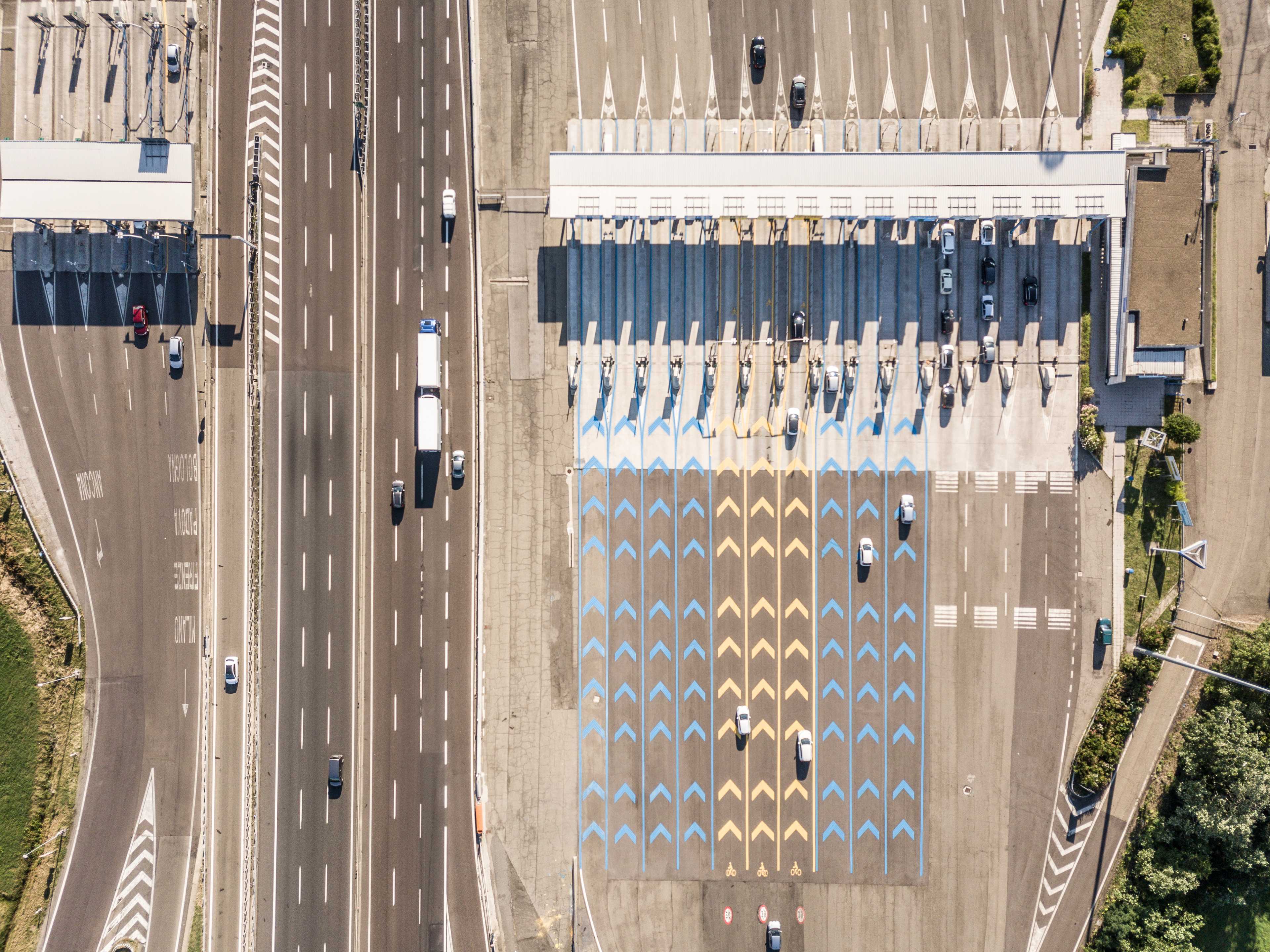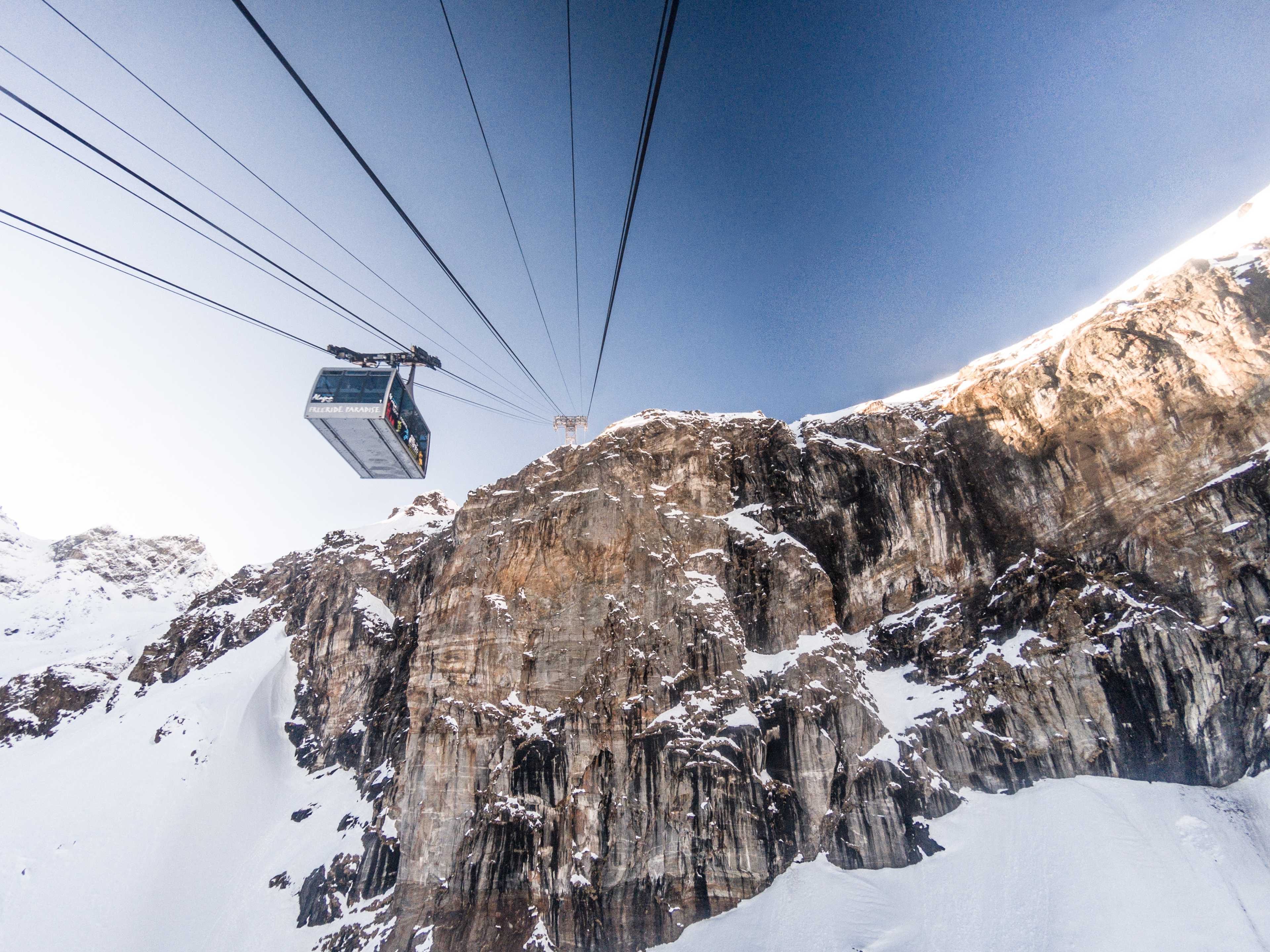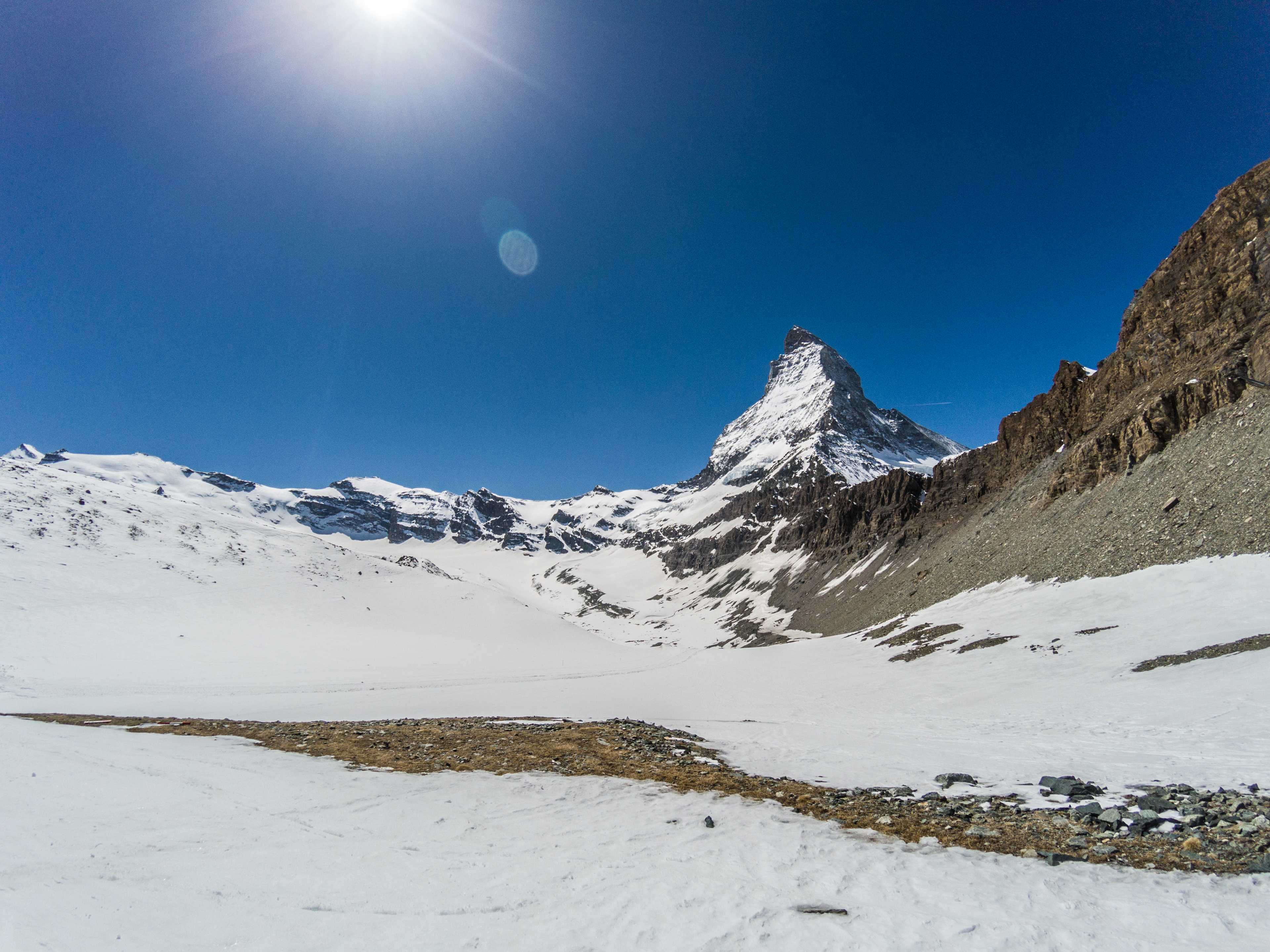Befitting their UNESCO World Heritage Site status, the Dolomites are one of the most beautiful mountain ranges in Europe. Of historical importance to the Italians, more recently they have become a mecca for winter sports fans. The Dolomiti Superski area is popular with skiers from all over the world. In this article we will focus on the topmost parts of the region.
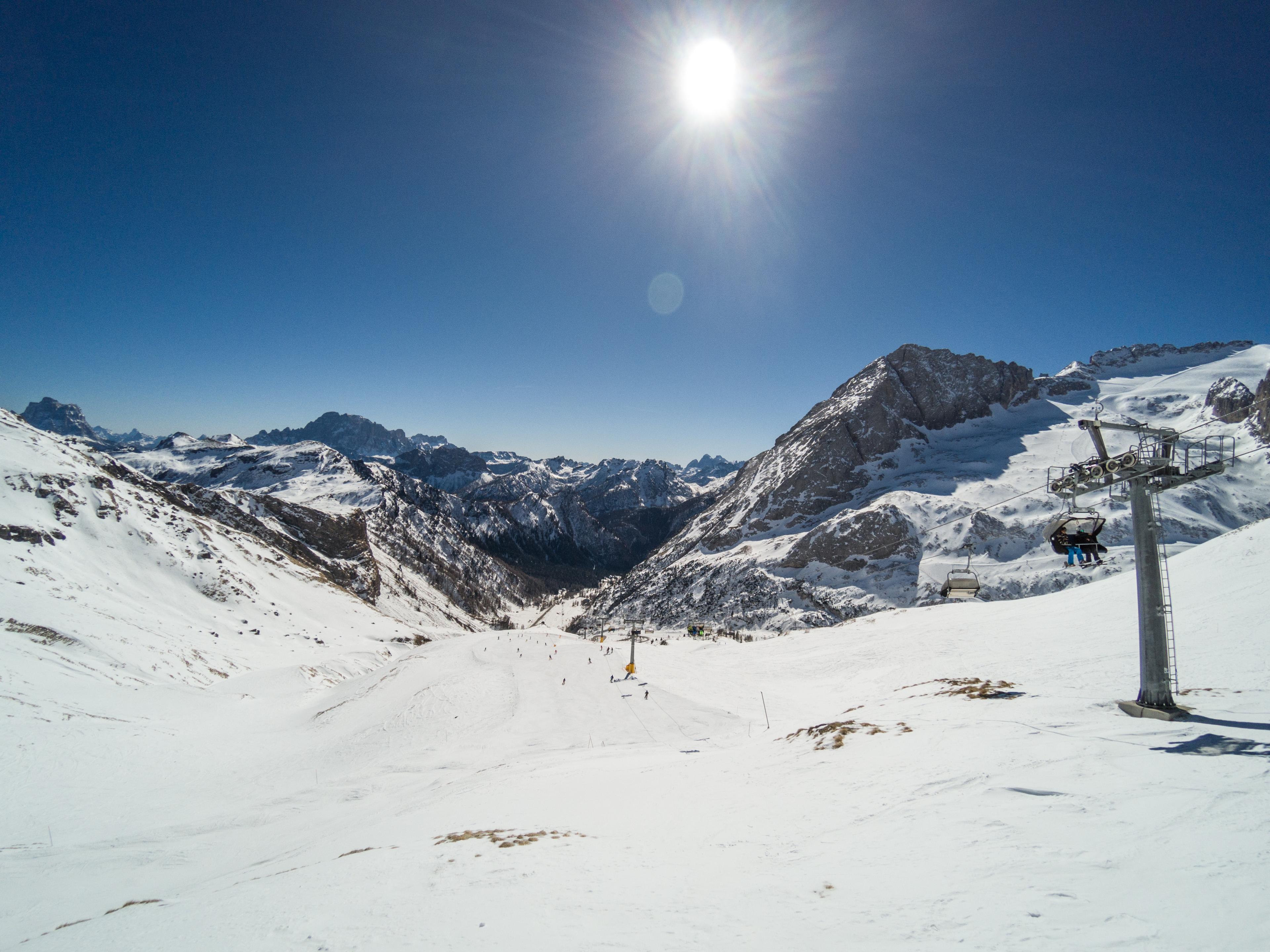
Marmolada (3343 m a.s.l.), known locally as La regina delle Dolomiti (it. Queen of the Dolomites) is the highest peak of the mountain range. A glacier, it separated Italy and Austria in the years prior to World War I. It was also the location of bloody battles, with soldiers stationed in ice-hewn tunnels for months at a time. In modern times, a WWI museum can be found on the second intermediate station on the way to the peak, its collection including, among others, items abandoned by soldiers in local crags. It is also the highest-situated museum in Europe. Now, with history out of the way, let's get down to brass tacks. ;)
Arabba-Marmolada is part of the Dolomiti Superski system, alongside the famous Sella Ronda. I have made use of that particular skipass years ago, back when Marmolada wasn't included yet and so I missed out on this part of the Dolomites. Today, the regular full Dolomiti Superski skipass grants access to over 1100 km of slopes of every difficulty level. Arabba, the township serving as the basis for the hotel infrastructure of the resort, lies adjacent to the Val di Fassa and Alta Badia regions. These are connected through Sella Ronda to Val Gardena - Alpe di Siusi and Carezza, giving a total of 473 km of pistes with no need of vehicular transport. It sounds impressive and it certainly is. Due to the size of the region, practical lodging is available in several of the local towns, significantly easing the process of finding a suitable place to stay.
Getting there
The Val di Fassa valley and Arabba are typically reached by car or bus via the A22 highway beginning in Austria's Innsbruck (as A13) and leading through the largest cities of Trentino-Alto Adige - Bolzano and Trento to Modena in centre-north Italy. The last part of the journey consists of several dozen kilometers of mountain roads, but owing to the specificity of local terrain, the difficult serpentine parts only really occur just off the highway.
Should you prefer aerial transportation, the nearest commercial airports are located in Bergamo (285km from Val di Fassa), Verona (202km) and Bologna (326km). From December through April, buses from Bergamo and Verona course regularly to Val Gardena, from which local skibuses can take us to the town ouf our choosing.
Porta Vescovo
This relatively new name in the world of skiing has introduced a bit of chaos to the established Dolomiti Superski resort network. This moniker has been adopted by the skiing area between Arabba and a point going by the same name (2478 m a.s.l.) after the opening of the Funifor line in 2005. You won't find mention of this name neither on the region's official website nor on any of the signs - always head towards Arabba instead.
To get to Marmolada one has to first go through a few slopes and lifts. The peak is located in the southeastern part of the range and can be reached from Sella Ronda through Arabba itself (the southeastern tip of Sella Ronda). It is in Arabba that lifts to Alta Badia, Val di Fassa (Belvedere) and Porta Vescovo all meet. The markings can be a bit misleading to start with, but I can attest that as soon as one gets used to the multiple-names-for-everything shtick, the signs quickly become your best friend in Dolomiti Superski.
In Arabba proper we have at our disposal the slightly older, DMC (funitel) type Europa lift with multiple cabins and a fairly speedy, modern funifor line (two independent cabins each holding 80). Both lines begin and end in the same places - on the peaks comprising Porta Vescovo. If conquering Marmolada is your focus here, it is best to take the DMC Europa line to the intermediate station from which multiple lifts can take you to your goal. Go all the way to the peak, however, and you will be rewarded with the astonishing panorama of the Dolomites, Marmolada itself included.
On the way back down to Arabba there's a selection of interesting red and a couple of black trails available. This is certainly one of the most difficult areas in the entire Dolomiti Superski network. There are several modern chair lifts running parallel to the pistes, as well as the Portados gondola opened in the 2016/2017 season leading through Passo Pordoi to Val di Fassa. This part of the resort consists of expertly marked and maintained routes, easily capable of keeping you entertained for the duration of your stay. From the very top of Porta Vescovo one can also reach the DMC Europa intermediate station, which gives access to areas located further south.
Here you can relax - if you find boredom relaxing, that is, as the area is relatively flat. All routes here have parallel lifts, so you can always return to where you started. On the way to Marmolada lie two worn, slow chair lifts and a ride down a blue trail. The queues here are spectacular. After well over 20 minutes of going up you reach the Padon refuge (2407 m a.s.l.). Despite the relatively uninmpressive altitude, the ambience here is significantly different than in Arabba or Val di Fassa. It's windy, and the pistes are covered in visibly more snow - here mostly natural.
From Padon we get down through a fantastic red trail by the same name. The trail is definitely one of the better ones in the resort - perfectly balanced, fast and full of gorgeous views. After a few kilometers our ride ends at the tiny village of Malga Ciapela, where the lower station of the lift to Marmolada is located.
The Queen
Here I have encountered crowds both in low (March) and high season (February), though thankfully the throughput is suitably high. The lifts take 70 passengers each, and since the entire line is divided into three parts, the whole passage is fairly efficient. On the second station we can find the aforementioned World War I museum. Even further up there's Punta Rocca (3265 m a.s.l.) - the highest point available to skiers in the area. The top holds an observation deck, to which an elevator is scheduled to lead starting from the 2017/2018 season. The structure is decorated with the point's name and altitude, which makes for a neat tourist attraction - many a tired skier can be seen here commemorating their journey with a selfie. The surrounding view is breathtaking, and the deck itself is built on top of a cliff, further increasing the sense of altitude.
Since this is the tallest peak in this part of the Alps, it gets really windy. The snow is constantly blown around, quickly forming large moguls. The "trophy" we've crossed over 20 km to get to turns out to be a demanding route, though covered in an abundance of natural snow. The moguls make it a challenge for the inexperienced, and though the trail is only marked red, it is a test of skill for skiers and snowboarders alike. The trails ends where the excellent Padon piste begins, giving an uninterrupted ride of over 11 km to Malga Ciapela.
From this spot the only way back to Arabba is through a flat area and a few (thankfully more modern) chair lifts. The only other choice is to go back up. Since Marmolada lies in a fairly remote location, it is worth keeping in mind that the trip from Sella Ronda and back takes about two hours. This shouldn't be a problem for highly motivated skiers - I've managed to cross the entirety of Sella Ronda and still get on top of Marmolada within a single day. Those less experienced should, however, beware of the opening hours to avoid being left out in the cold. Thankfully, buses for skiers stop at the majority of local towns, offering a way out should you ever find yourself stranded.
Infrastructure
Arabba-Marmolada has only recently seen a wave of new investment in ski infrastructure. Arabba itself is host to modern gondola and chair lifts. Even the nearly 30-year-old DMC Europa fulfills its function well enough - it is efficient, spacious and operates regardless of weather conditions. The adjacent funifor will take us to the peaks of Porta Vescovo in a matter of minutes. The lifts leading up to Marmolada, renovated in 2004-2005 are none too shabby, either. On the other hand, crossing from Arabba to Malga Ciapela involves a spot of time travel. While the old, two-seat lifts do have their charm, they are also plain insufficient. This is surely among the few places in the Alps where queues can last upwards of 30 minutes. Fortunately, judging from the resort's policy over the last 15 years, it seems likely that this chokepoint will soon be modernised and the problem solved.
A definite highlight of the region is its hotel base. Sella Ronda offers ample lodging near every peak suitable for almost any budget. Rooms can also be booked online through the Dolomiti Superski system, frequently offering more attractive prices than popular booking websites. Though demand spikes during high season, it is still possible to find good deals even then. Virtually every town sports restaurants, spas and pools, and a network of several lines of so-called skibuses connects them all together. The fare is not covered by the skipass, but discounts are available when staying at establishments partnered with the Dolomiti Superski system. Several locations, even on the slopes themselves, accept credit cards, but it is prudent to carry cash, since telecommunication failures have been known to happen. If Porta Vescovo is your focus, the best places to stay would be Arabba, Malga Ciapela or even Canazei. Lower prices can be found in Rocca Pietore and Pieve di Livinallongo, from which the slopes can be reached via skibus.
Season
Arabba-Marmolada launches on 25.11.2017, and officially closes on 08.04.2018. Some of the lower parts of the region lag slightly behind, only accepting skiers from 06-07.12.2017. The earliest-available part of Dolomiti Superski, Tre Cime, opens for business on 18.11.2017.
Since the Dolomites are not particularly tall, the increasingly warm winters bring ever less snow. The lower parts easily make up for that with artificial equivalent, and Marmolada itself is unique in only sporting natural snow. Proximity to the Adriatic, as well as being located on the southern edge of the Alps means not having to worry too much about the weather - Trentino-Alto Adige boast an impressive 300 sunny days per year, meaning we're unlikely to find poor conditions here.
Summary
The Queen of the Dolomites brings mixed feelings. On one hand there's natural snow and fair weather. On the other - poor piste maintenance due to naturally strong winds. It is a relatively secluded part of the renowned Sella Ronda, marred by aged, slow lifts at key chokepoints, sabotaging enjoyment of its cameral slopes with long queues.
Arabba appears to be mandatory for every demanding skier in Val di Fassa, Val Gardena and Alta Badia, if for no other reason than the fact that most surrounding resorts tend to have gentler slopes (with exceptions, of course). The pistes, outside Marmolada itself, are perfectly maintained and the infrastructure is broadly satisfactory. Marmolada remains an interesting experience, though clearly not suitable for everyone.
Resort ideal for: intermediate skiers
Pros:
- the resort is part of the sprawling, varied Dolomiti Superski system with a shared skipass
- outstanding hotel base
- typically fair weather
- clear and visible trail markings and signs
- well maintained pistes
Cons:
- obsolete infrastructure between Marmolada and Porta Vescovo
- disappointing conditions on the slopes of Marmolada
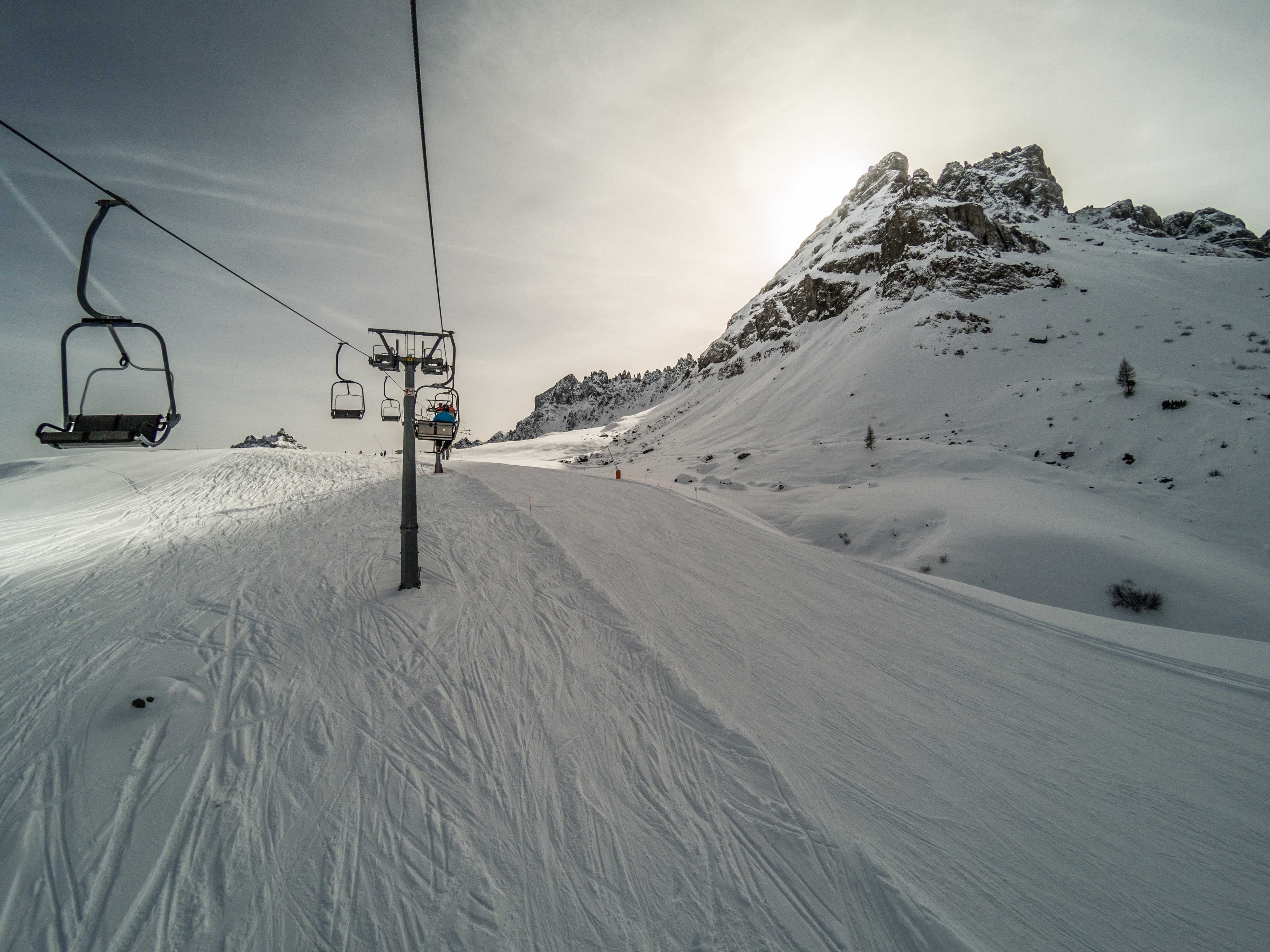
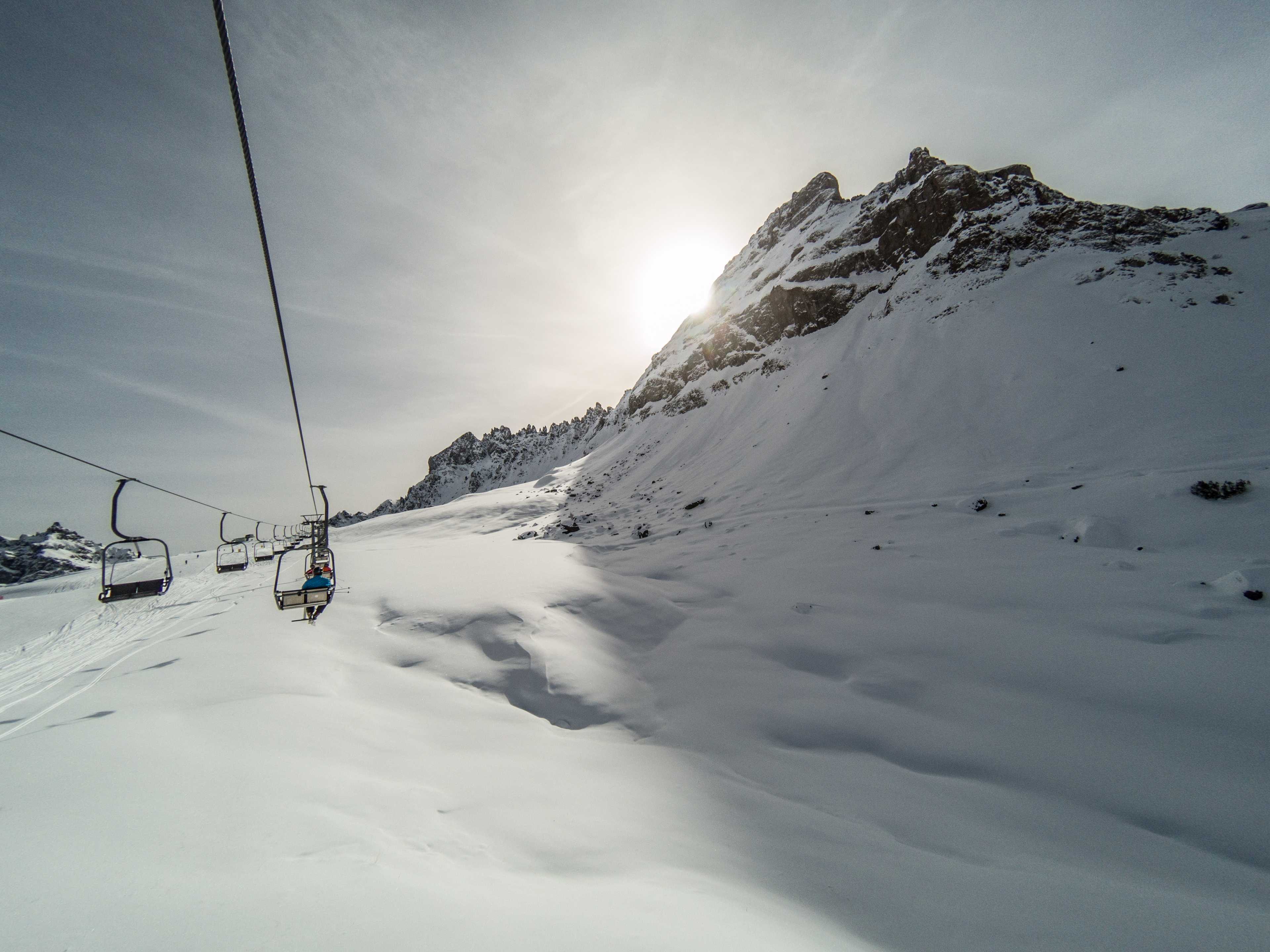
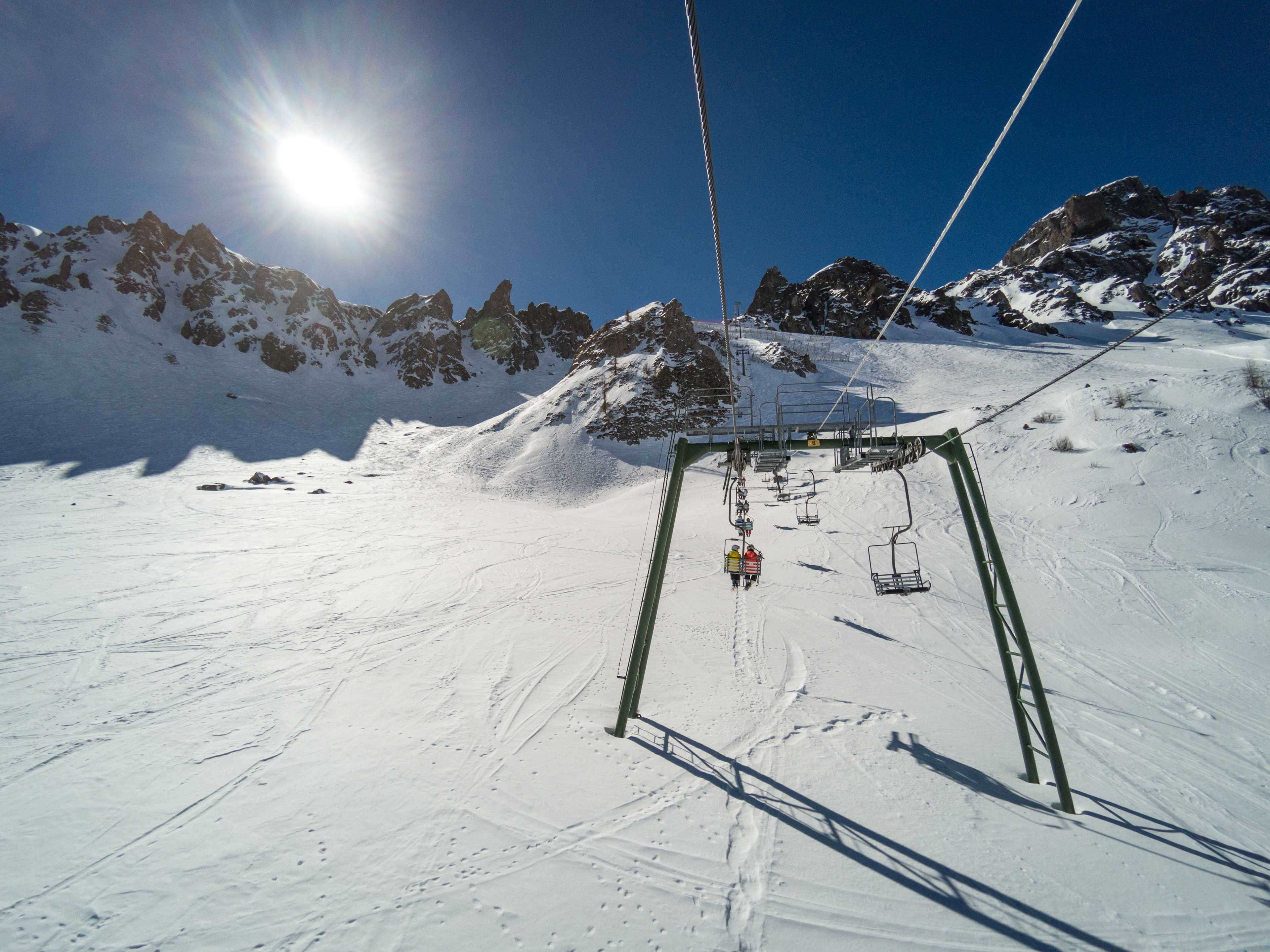
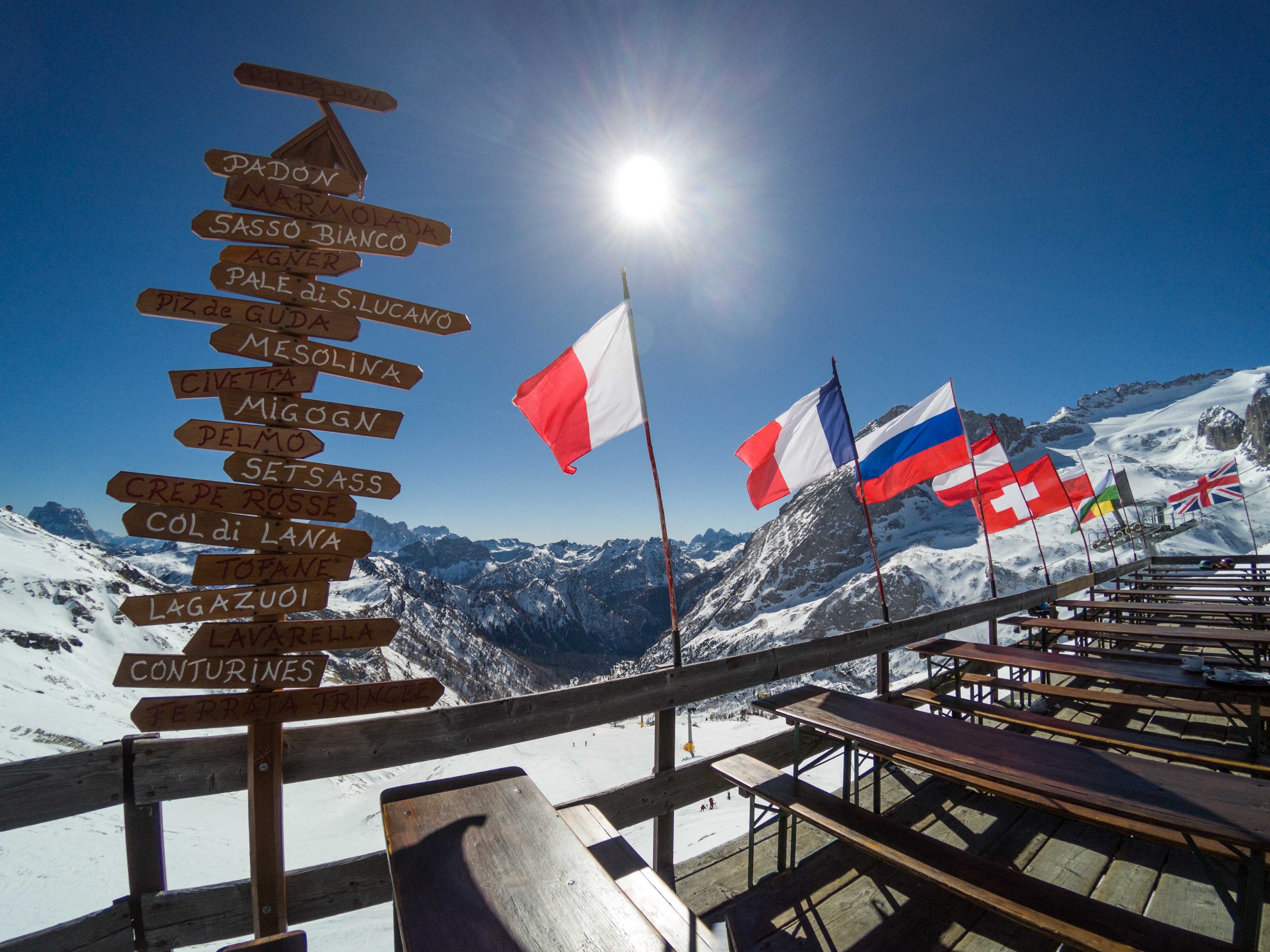
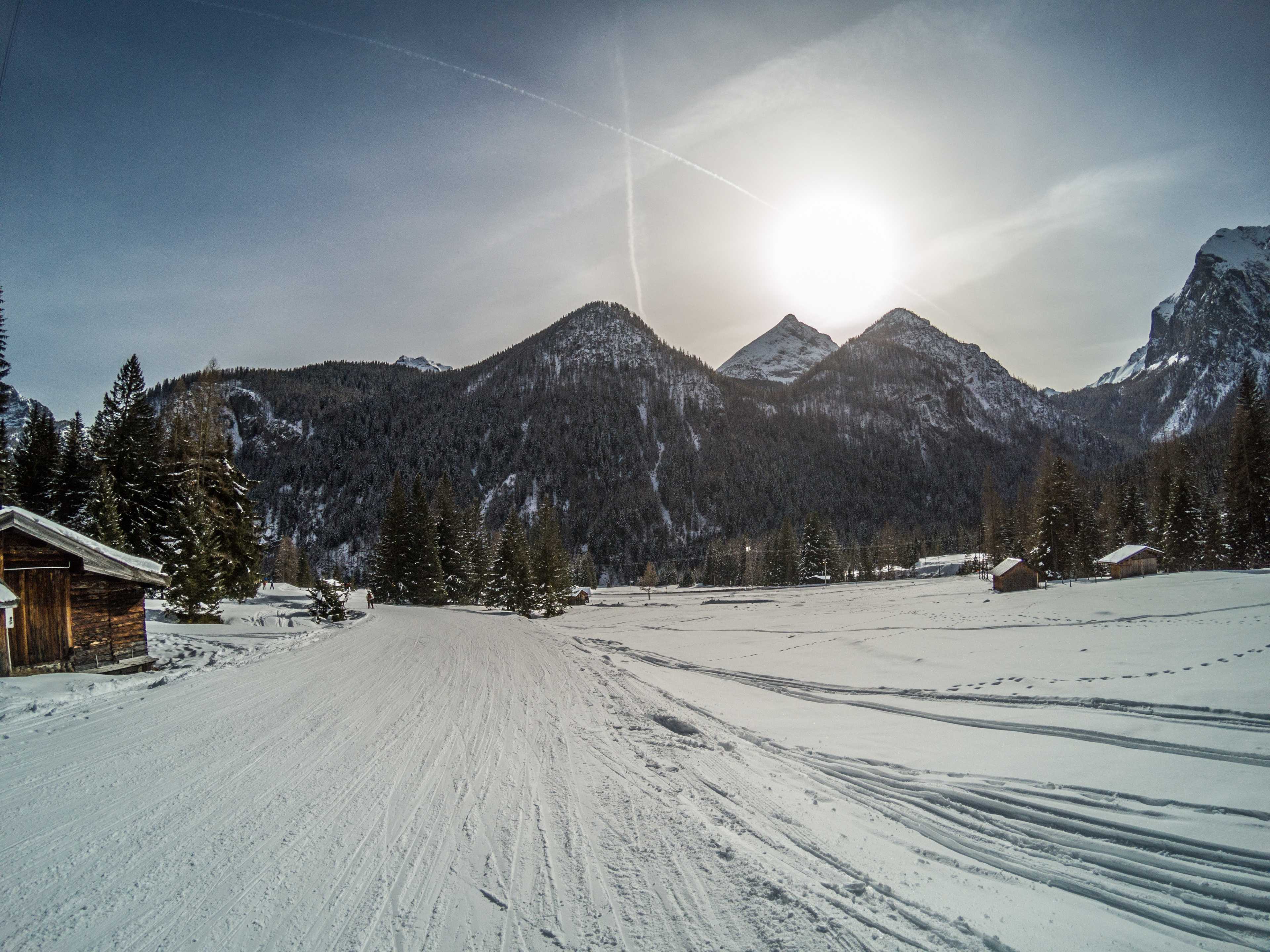
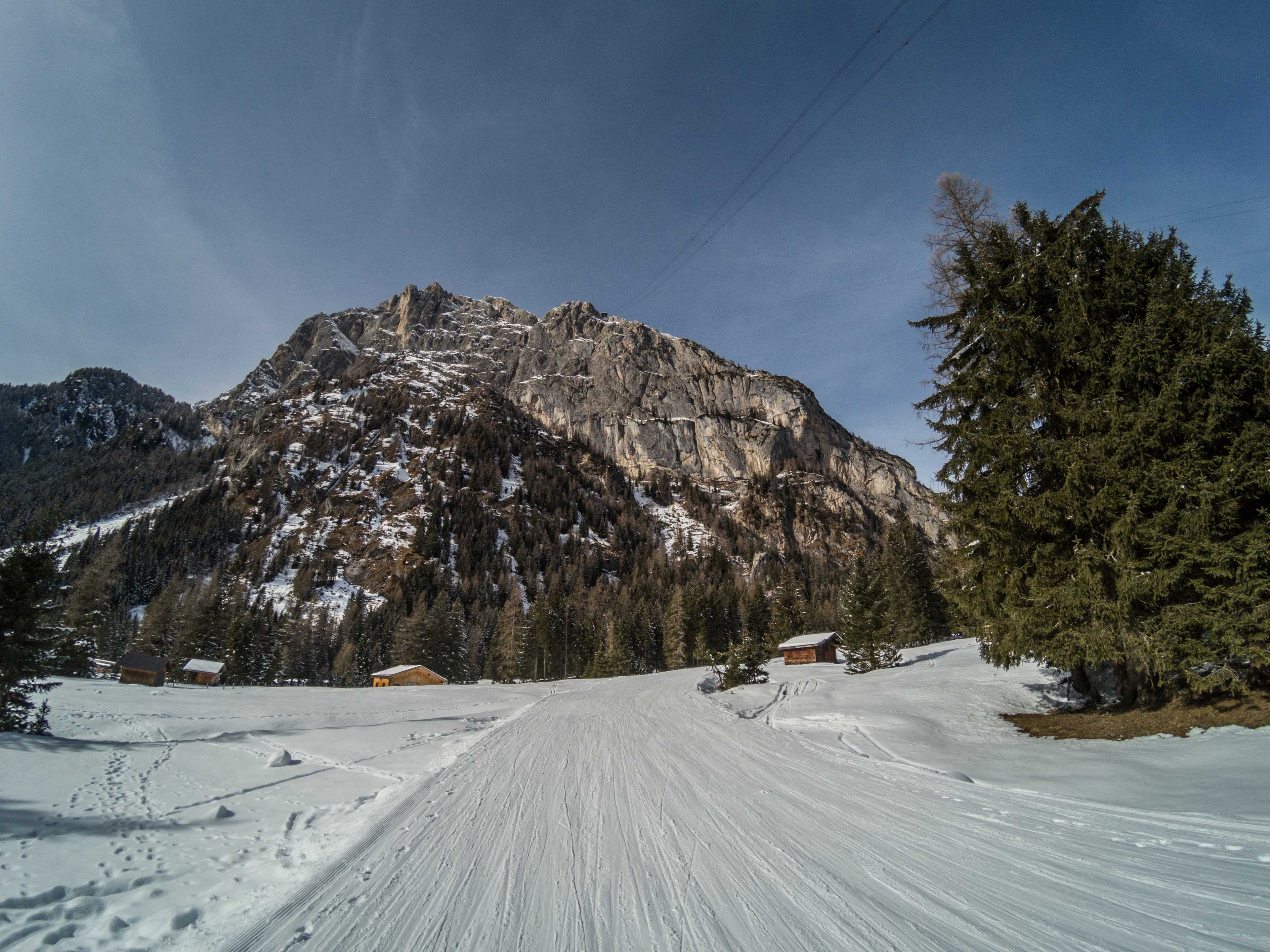
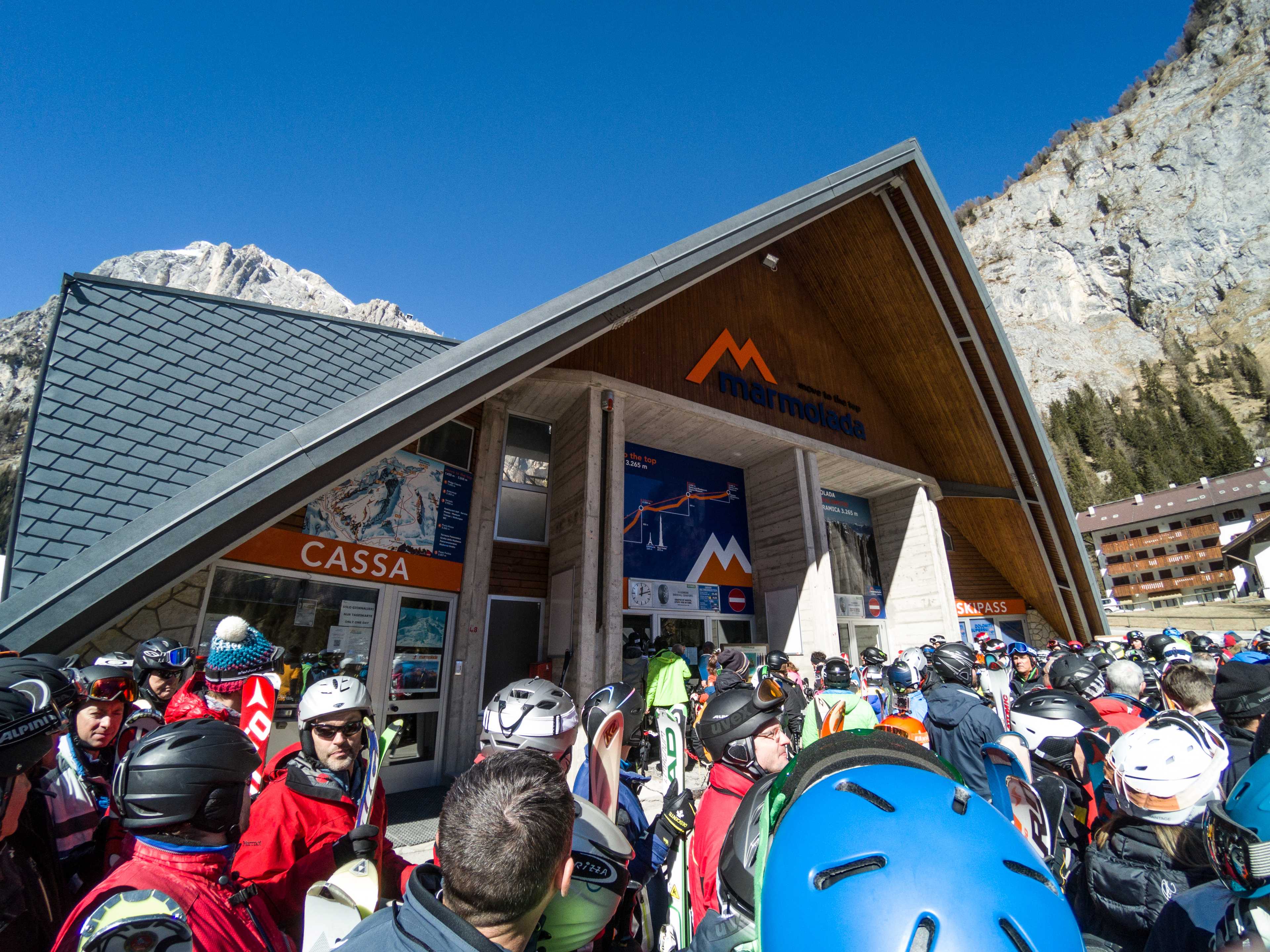
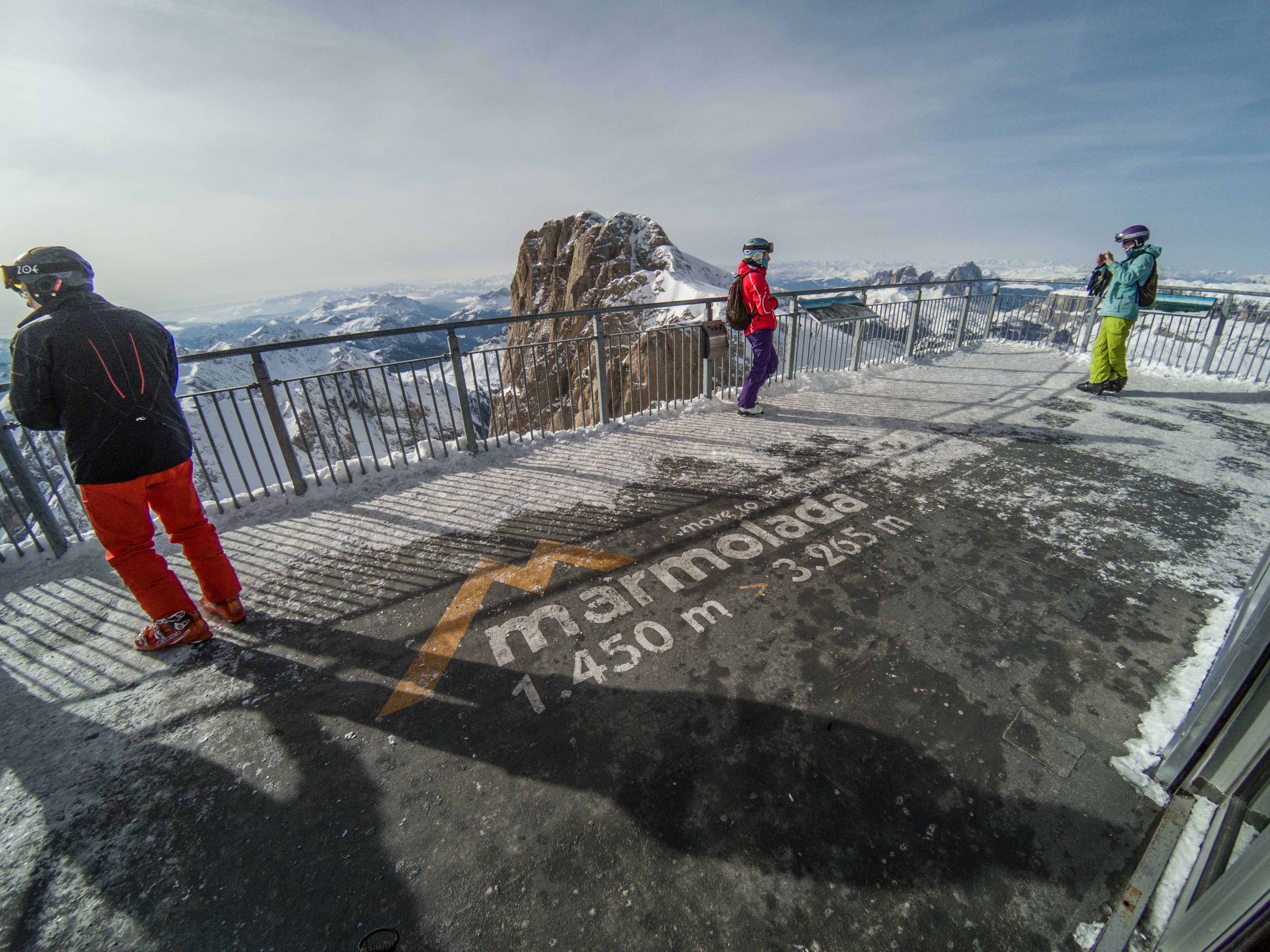
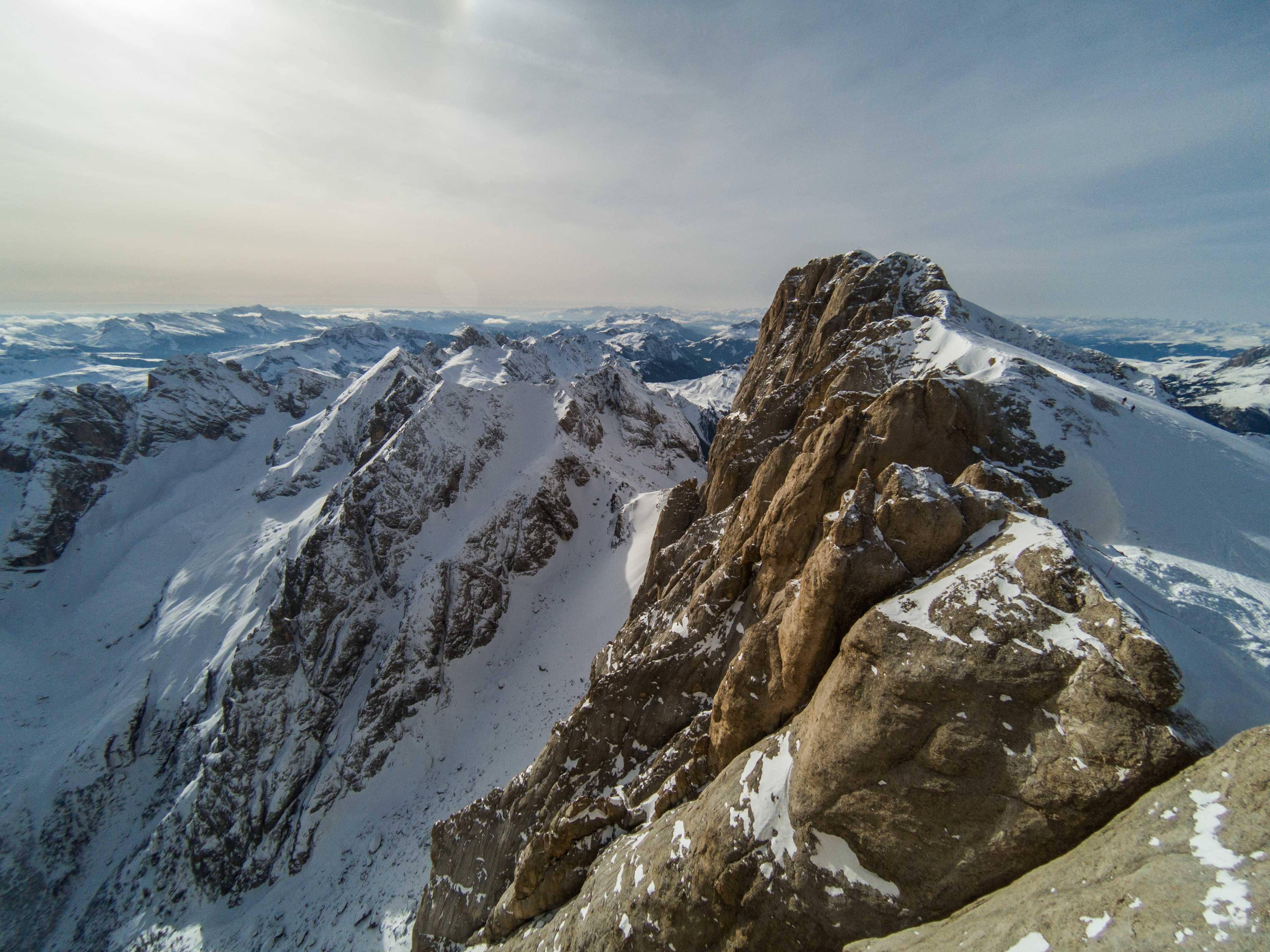
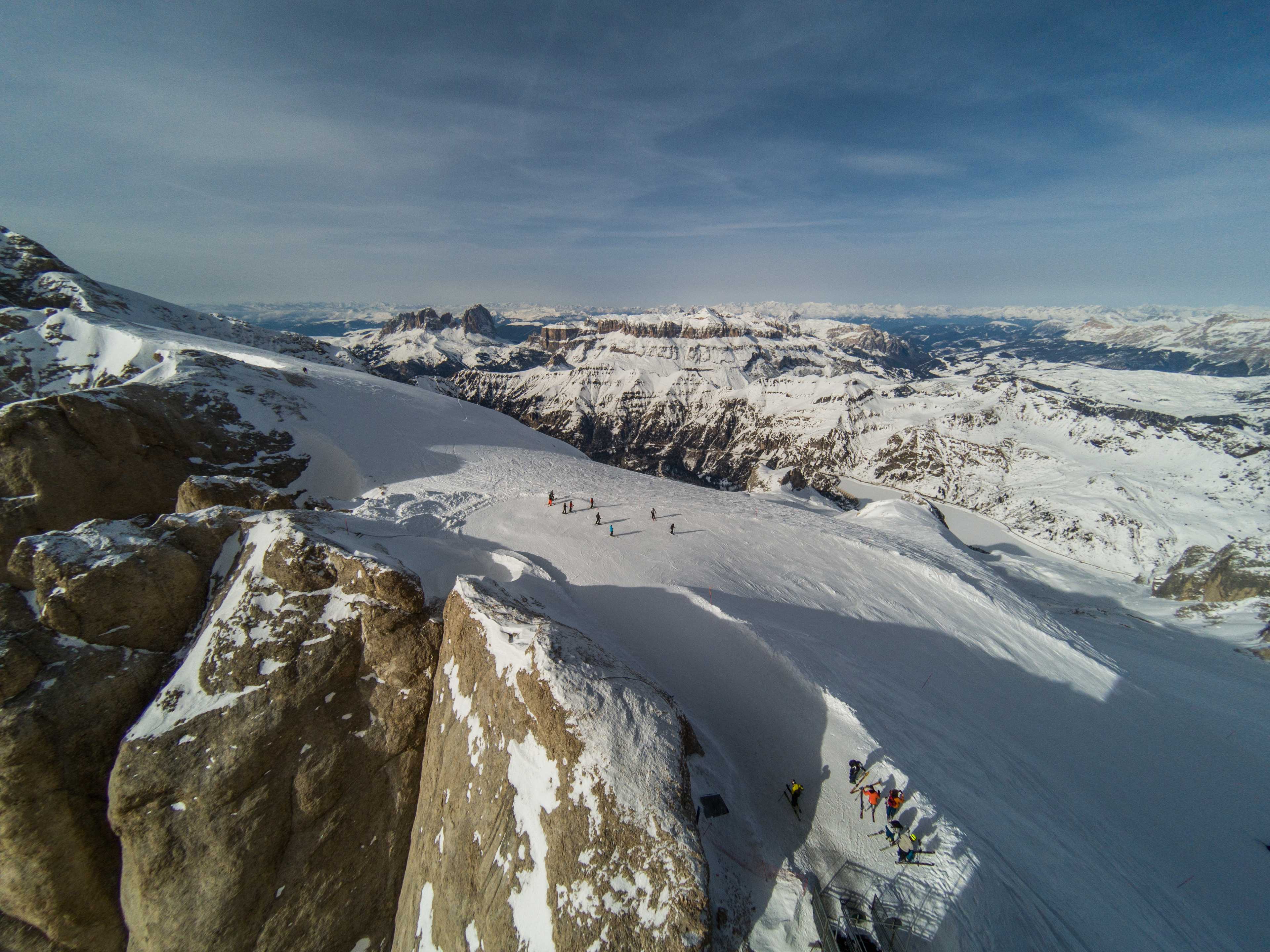
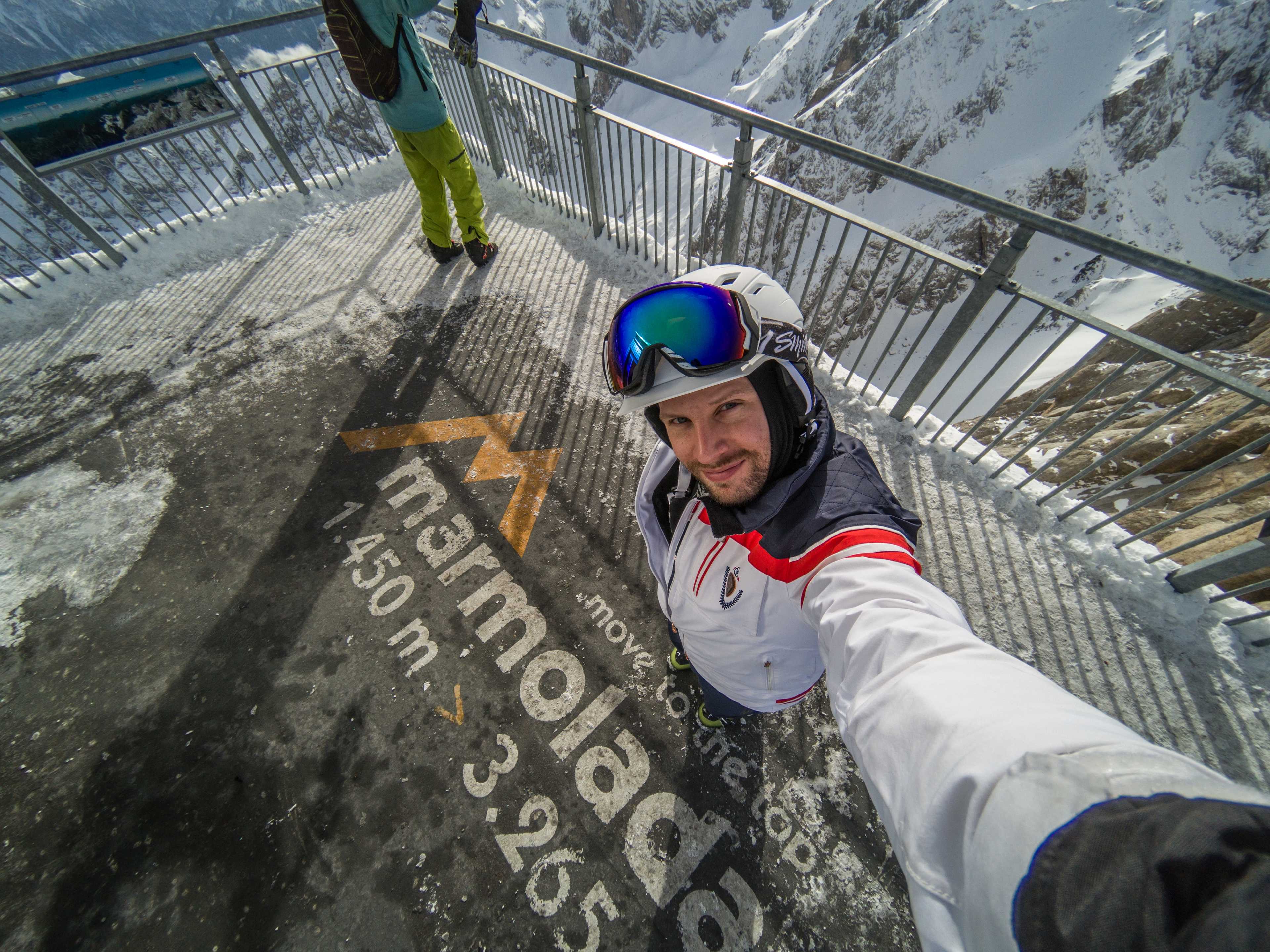
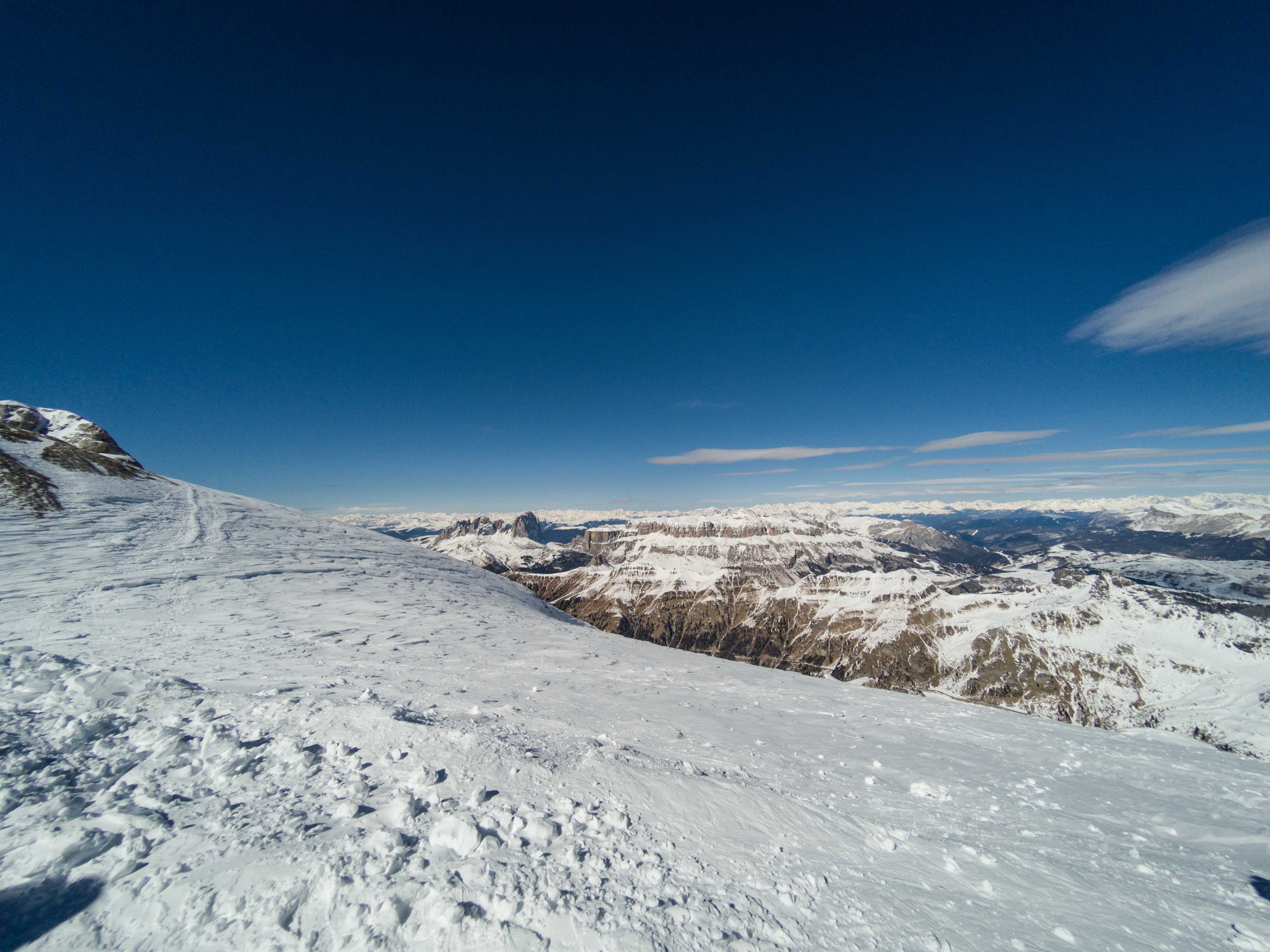
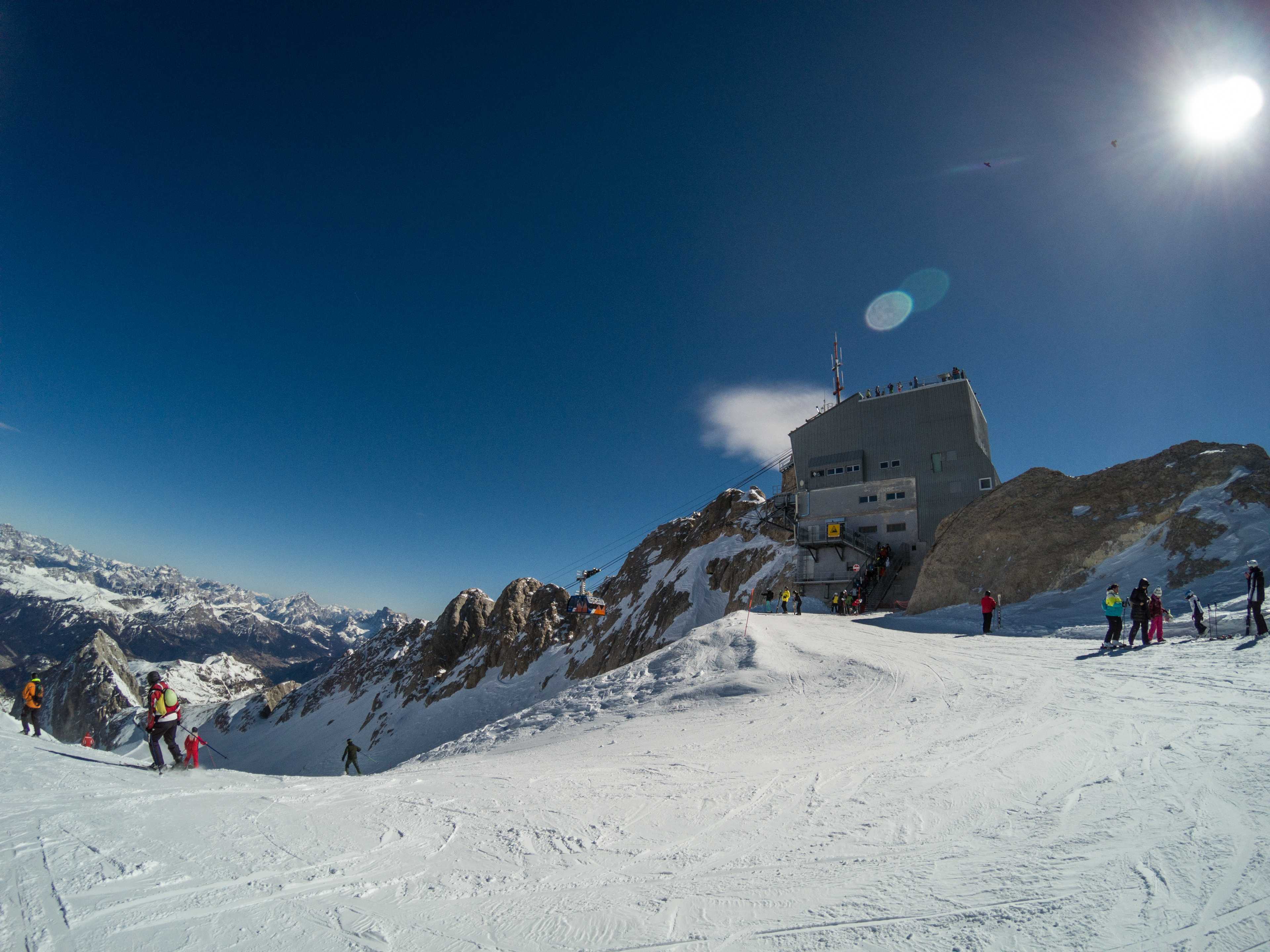
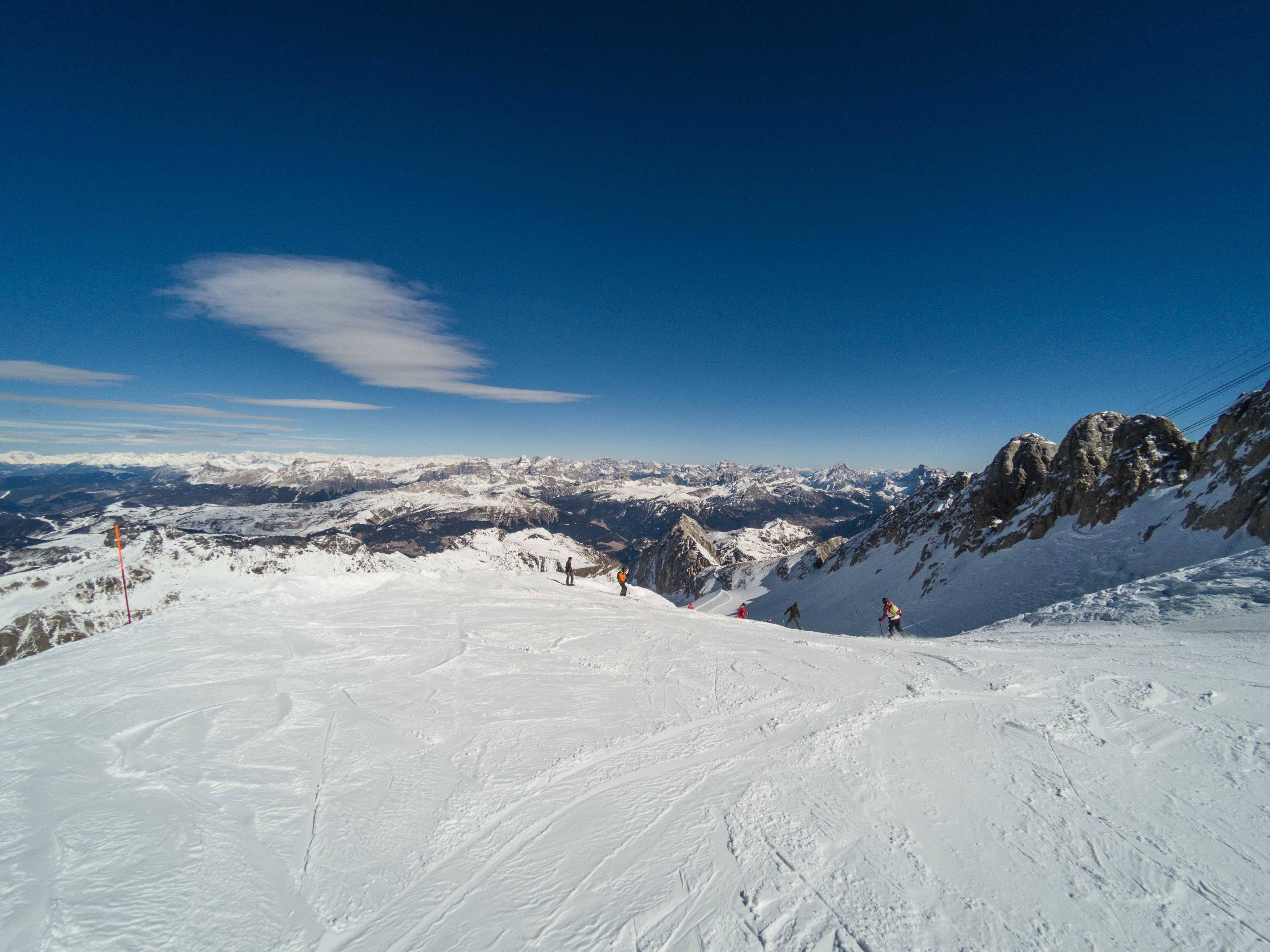
Read also
